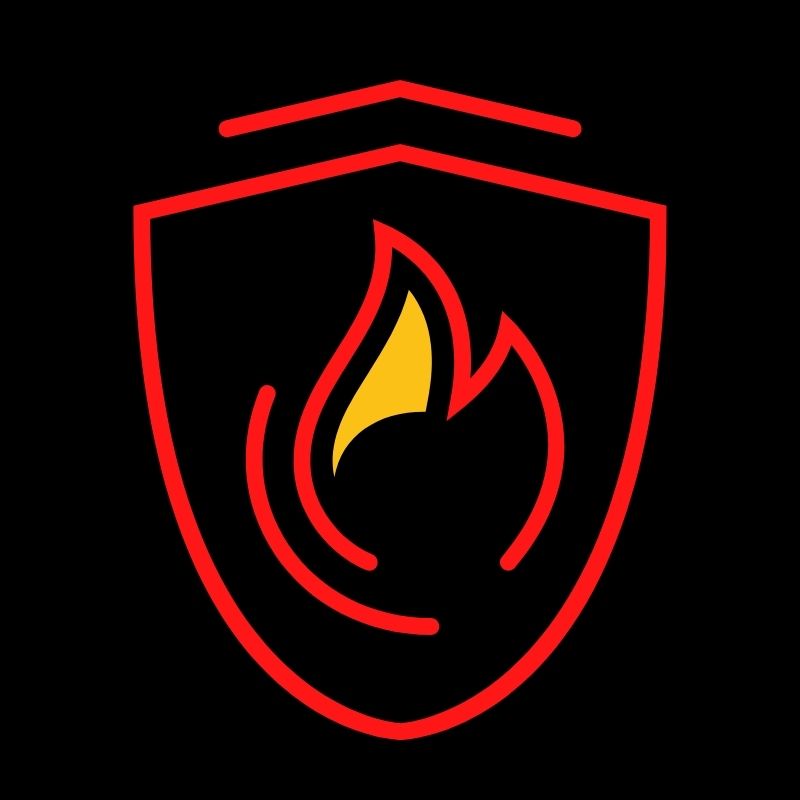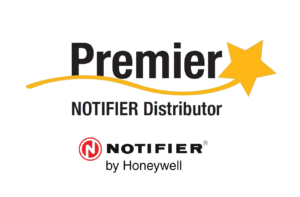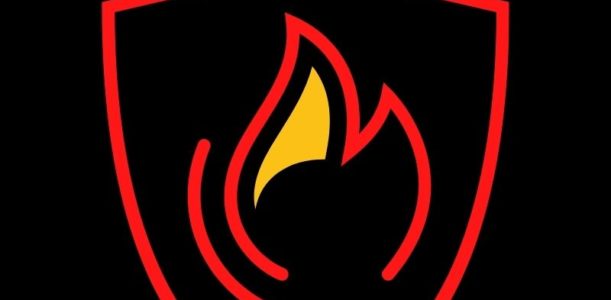
One of the basic requirements of NFPA 101 is that each floor that separates stories in buildings must be constructed as smoke barriers. Openings in these smoke barriers, however, are common and necessary for building aesthetics or functionality. These vertical openings can be for pipes, conduits, and cables, shafts for elevators, an atrium or mezzanine, stairs, or an escalator. All of these NFPA permissible vertical openings must be protected correctly to minimize the spread of fire or smoke to other floors.
Types of NFPA Permissible Vertical Openings
Seismic Joints, Pipe Penetrations and Expansions
Pipes, conduits, cables, and other items have to run vertically throughout a building to provide utilities to each floor and areas of the building. Vertical openings that are created by seismic joints are necessary to protect the structural integrity of the building. Seismic joint expansion must be designed to prevent fire penetration. Any of these types of vertical openings must be protected with a type of device or system to prevent or limit the transfer of smoke.
Shafts
Shafts in buildings are often for elevators but can also be for other reasons like mechanical equipment, pipes or stairs. Building shafts are required to have fire-resistant rated walls that separate the shaft from the building, running the entire length of the building or equal to or beyond the length of the shaft.
Atrium
An atrium is one of the largest vertical openings and is used for aesthetics or convenience, can be located anywhere in the structure and is permitted to be open to other stories. The atrium must be separated from the rest of the building construction with one-hour fire resistant rated walls. Some atriums use glass walls, which is allowed if other conditions are met. Other conditions apply to atriums as NFPA permissible vertical openings, your fire and life safety provider can help you understand the requirements for code compliance and ultimate building safety.
Mezzanine
A partial floor located between two floors is called a mezzanine. The mezzanine itself is not considered to be a story. Certain requirements apply that depend upon the design and size of the mezzanine.
Convenience Stairs
Convenience stairs are openings that connect floors with unenclosed stairs that allow travel between four floors. Convenience stairs are permitted to be no more than four contiguous floors with regard to new construction. They cannot serve as a required exit or means of egress. Other requirements apply such as the need for a sprinkler system and openings with sprinklers spaced as outlined in NFPA 13, the Standard for Installation of Sprinkler Systems.
HRSS can help you understand the fire alarm system design requirements for fire safety regulations where convenience stairs are located as well as other NFPA permissible vertical openings.
Escalator
Few options are available to protect vertical openings that are a result of an escalator. The most common method of protection is to use closely spaced sprinklers in accordance with NFPA 13.
Other vertical openings include communication spaces such as a “mini-atrium”, convenience openings, and two-story openings with partial enclosures. HRSS offers fire alarm system design in accordance with all building and fire safety code requirements.
HRSS is a leading commercial fire alarm system provider offering UL listed equipment and complete fire, life and safety services. We assist building owners, general and electrical contractors to provide code compliant fire safety systems in various building structures. Contact us to learn more about fire protection and safety regarding NFPA permissible vertical openings.



